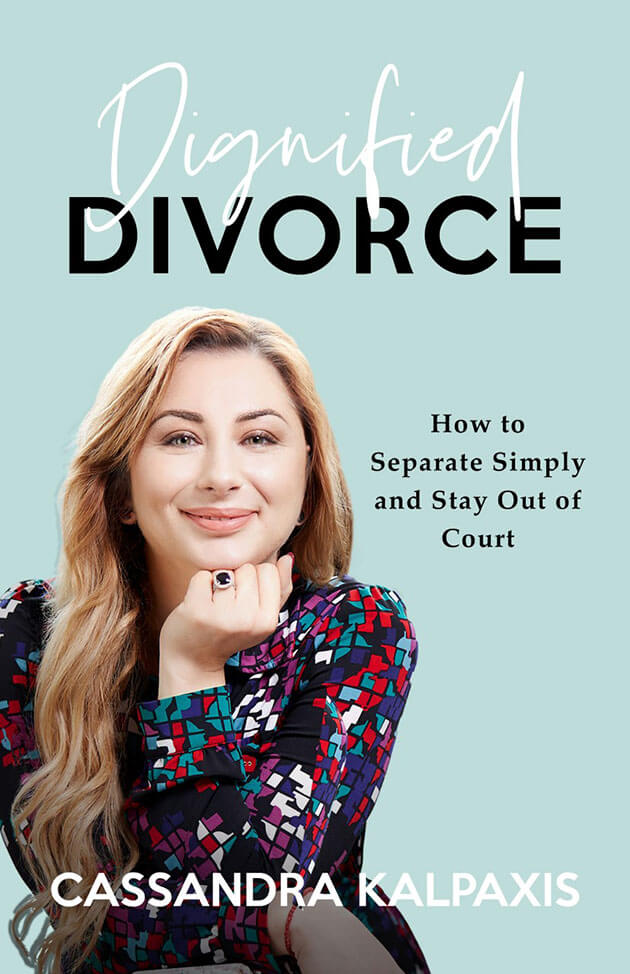
England and Wales have recently adopted no-fault divorce laws which means that unhappy, separating individuals can end their marriages without needing to “prove” that their ex was guilty of adultery, unreasonable behaviour or desertion. It essentially means that separating couples in those countries no longer need to lay blame in order to legally divorce their partner.
Before these laws were enacted, couples had to be living apart for two years before a divorce court be granted and this time frame was even longer if one of them objected to the proceedings.
This issue has been a topic of discussion in England and Wales after the case of Tini Owens was before the Supreme Court there. Tini was unable to have her divorce granted even though she was stuck in an unhappy marriage for 40 years.
The basis of the reform is to ensure that people do not stay in toxic relationships and do not have to endure the stress, time and large costs associated with lengthy court wait-times.
In circumstances where Australia has had a No-Fault divorce system since 1975 it really highlights just how progressive Australia is in comparison to many other countries across the globe.
Since 1975, divorces in Australia have been granted on a ‘no fault’ basis. Under the no fault divorce system, a divorce application can be filed by either spouse.
Prior to the Family Law Act coming into force in 1975, there had to be proven grounds for divorce. Such grounds included adultery, alcohol & substance abuse, or insanity. This ‘fault’ could then be used as evidence in court proceedings. Since no-fault divorce was introduced, rather than proving that one party caused the breakdown of the marriage, a couple now only has to show that they have been separated for 12 months in order for a divorce to be granted. This can be done through a sole or joint divorce application depending on how the parties wish to proceed.
Not sure whether you meet the requirements of a divorce? Contact us to book in a free 15 minute discovery call with one of our collaborative family lawyers and take the next step.

Written by Collaborative Family Lawyer, Stefano Cammarano.
Want to learn more about Stefano? Click here.








